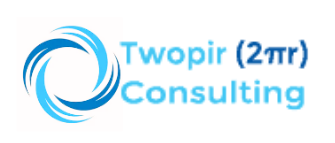Introduction: Accounting Seed is an innovative, robust financial software solution that revolutionizes accounting, enabling you to make better-informed, timely, and accurate business decisions. Built on the secure and reliable Salesforce platform, Accounting Seed offers the industry’s most secure API (Application Programming Interface), allowing seamless communication between applications. As a native Salesforce solution, it provides seamless […]
Introduction: In the bustling world of business, where efficiency and accuracy are paramount, the need for a streamlined payment processing system cannot be overstated. Imagine a tool that not only simplifies the invoicing process but also ensures that every transaction is as smooth as silk. Enter Kulturra Payment Center—a game-changer for businesses seeking to optimize […]
Introduction In today’s dynamic world of enterprise technology, effective data integration stands as a cornerstone for enhancing operational efficiency. MuleSoft’s robust integration capabilities enable organizations to connect disparate systems and applications across their enterprise architecture. With its flexible API-led approach, MuleSoft empowers businesses to orchestrate complex data flows, ensuring smooth and reliable data exchange between Salesforce […]
- June 21, 2024
Unleash Your Salesforce Superpower: Einstein Copilot Are you a Salesforce user looking to boost your productivity and unlock the power of AI? Then look no further than Einstein Copilot, your friendly AI assistant within the Salesforce ecosystem. In this blog, we’ll delve into all things Copilot, keeping you informed about the latest features, exploring best […]
- June 21, 2024
Boost Efficiency with Salesforce Prompt Builder In today’s fast-paced business world, efficiency is key. Every minute saved can significantly impact overall productivity, which is why Salesforce’s Prompt Builder has become an invaluable tool for many organizations. Designed to streamline user interactions within the Salesforce ecosystem, Prompt Builder enhances the user experience by delivering timely and […]
